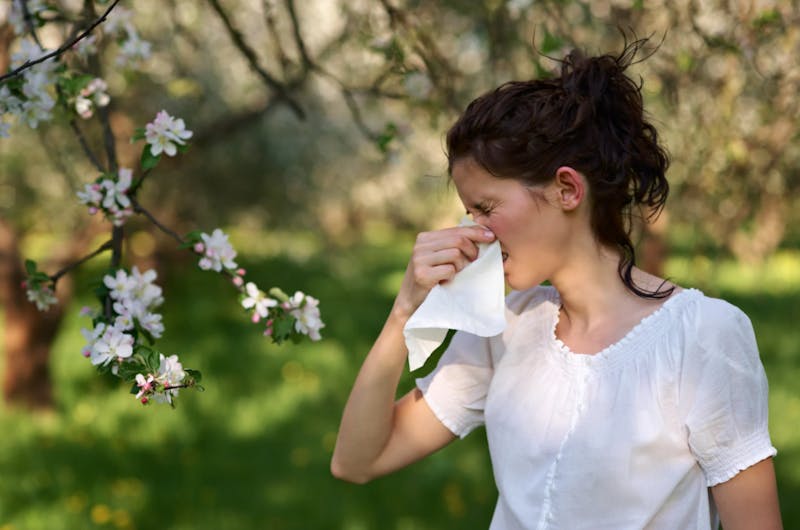
Identify Your Triggers:
– Keep a pollen diary to track your symptoms and identify patterns related to specific pollen types.
– Consider getting tested for allergies to pinpoint the exact triggers causing your symptoms.
– Be aware of cross-reactivity between certain pollens and foods, as this can exacerbate allergy symptoms.
Minimize Exposure:
– Change your clothes and wash your hair after spending time outdoors to remove pollen that may have accumulated on your body.
– Use a HEPA filter in your vacuum cleaner to trap pollen and other allergens while cleaning your home.
– Consider wearing sunglasses to protect your eyes from pollen when outdoors.
Medication Management:
– Keep a record of your allergy symptoms and medication usage to share with your healthcare provider for better treatment adjustments.
– Use nasal corticosteroids as a preventive measure before allergy season starts to reduce inflammation in your nasal passages.
– Explore non-drowsy antihistamines if you need relief from allergy symptoms without feeling sleepy during the day.
Lifestyle Changes and Remedies:
– Include foods rich in quercetin, such as apples, berries, and onions, in your diet as they may have natural antihistamine properties.
– Practice stress-reducing activities like yoga, meditation, or deep breathing exercises, as stress can worsen allergy symptoms.
– Consider using a saline nasal rinse with a squeeze bottle or a nasal irrigation system for effective sinus relief and to flush out allergens.
By incorporating these tips into your allergy management plan, you can create a comprehensive approach to dealing with spring pollen allergies. Remember that everyone’s allergies are unique, so it’s essential to personalize your strategies based on your specific triggers and symptoms. Working closely with your healthcare provider will help you find the most effective solutions to keep your allergies under control and enjoy the spring season to the fullest.

